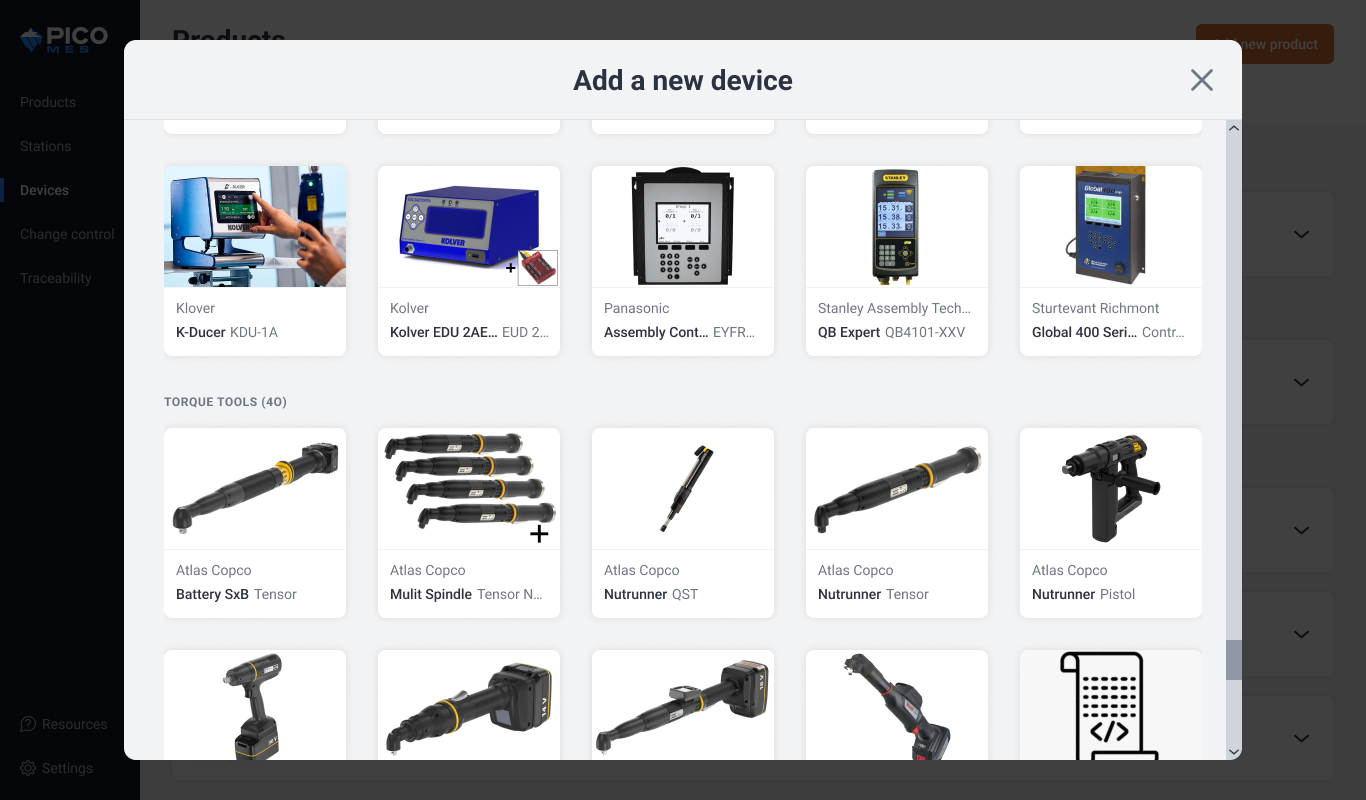#{ item.name }
#{ truncateText(item.metadescription) }
Pollington Machine Tool is a family-owned contract manufacturer specializing in fabrication, metalworking, and final assembly. They recently became a Tier 1 supplier in automotive manufacturing for an electric vehicle OEM. As part of their new contract, they had to pass the safe launch phase—a critical milestone ensuring zero-defect production before scaling up manufacturing.
Their task? Assemble 4,000 vehicle side rails—2,000 left-side and 2,000 right-side—without a single defect. However, relying on paper-based work instructions proved to be a major obstacle.
Safe launch is a critical quality control process in automotive manufacturing that ensures a new supplier or production line can consistently produce defect-free parts before full-scale production begins. OEMs (Original Equipment Manufacturers) require suppliers to complete a designated number of flawless assemblies—often in the thousands—without a single defect. This process helps identify potential risks, improve process stability, and prevent costly recalls or disruptions once mass production starts. For Tier 1 suppliers like Pollington Machine Tool, passing safe launch is essential to maintaining supplier credibility and securing long-term contracts with major automotive brands.
Chris Stewart, Manufacturing Engineer at Pollington Machine Tool shares how their lack of traceability used to cause him to have a few late nights at work.
Pollington implemented digital work instructions software which allowed them to easily upload images with annotations and video explanations. Work instructions are written in both English and Spanish and PICO's process variant feature enables quick and easy updates to both versions. Pollington’s operators follow each step of the side rail assembly with digital worker guidance that consists of colorful multimedia and annotations. Before advancing to the next operation, the software verifies that all torque values and sequences have been followed. The error-proofing is instantaneous. Stewart said, "It is easy to follow along with the instructions. You could build the assembly without any prior training."
The assembly area inside Pollington Machine Tool
"We spent about a week developing our system. Then, we spent two to three days making sure everything was in place, including training. In less than two weeks, we were analyzing the manufacturing data, " said Stewart.
By implementing digital work instructions, Pollington passed safe launch in just one month—a game-changer for their automotive manufacturing operations.
Key Outcomes:
Hear Pollington Machine Tool talk more about their experience in working with Pico MES’s manufacturing execution system.
"If we had everything on paper organized in a three-ring binder, it'd be nearly impossible to go through all the instructions. They'd be constantly flipping the pages back and forth," said Stewart.
With safe launch behind them, Pollington is expanding its integration of PICO to further improve efficiency and customer transparency. With each achievement, more ideas on how and where to use it were springing up, such as integrating more off-the-shelf connected tools into the digital workflow. Priddle shared their next steps:
Priddle closed with, "We're going to start collecting every piece of data we can in Pico MES. The traceability with digital data records opens up many possibilities for continuous improvement."
1. Sign up for a forever-free license to PICO's digital work instructions software and start your digital journey
2. Hear Chris Stewart from Pollington share more details about the safe launch process and the value of traceability in this on-demand webinar with Assembly Magazine
3. Download our Traceability Implementation Checklist to move beyond manual, outdated systems.
#{ truncateText(item.metadescription) }
Step into the future of factory operations with Pico MES. Start your journey toward a more efficient, error-proof factory floor today.
